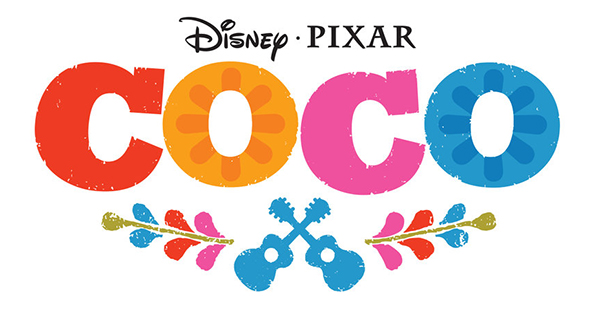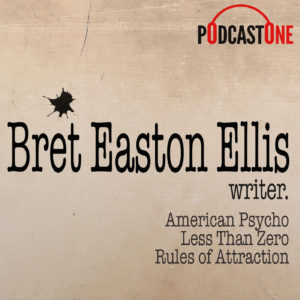 A couple of years ago on The Bret Easton Ellis Podcast, Ellis, in usual fashion, gave a 15-25 minute monologue about Hollywood and then turned to the #OscarsSoWhite scandal that was sparked by the remarks of Jada Pinkett Smith. It’s not entirely clear from episode to episode whether Ellis will be able to connect his meandering stream of consciousness to the guest he is interviewing on that episode. It just so happened that his guest that time was none other than John Carpenter, one of the master directors of horror. They discussed everything from what making horror was like in the 70s to how much Carpenter disliked the Friday the 13th films and even discussed elements of the #OscarsSoWhite controversy.
A couple of years ago on The Bret Easton Ellis Podcast, Ellis, in usual fashion, gave a 15-25 minute monologue about Hollywood and then turned to the #OscarsSoWhite scandal that was sparked by the remarks of Jada Pinkett Smith. It’s not entirely clear from episode to episode whether Ellis will be able to connect his meandering stream of consciousness to the guest he is interviewing on that episode. It just so happened that his guest that time was none other than John Carpenter, one of the master directors of horror. They discussed everything from what making horror was like in the 70s to how much Carpenter disliked the Friday the 13th films and even discussed elements of the #OscarsSoWhite controversy.
While I find Ellis’ thoughts to be continually filled with pretense and often intentionally inflammatory, there are moments that I think he may be on to something even if surrounded by an intellectual context in which I agree with little. One of the central themes of the monologue and interview was the nature of art and how propaganda, agendas, and politics have become the drive of art instead of art for the sake of creating something beautiful. While I don’t think this is near the extensive problem that both Ellis and Carpenter think it is, I still think it is a helpful corrective to step back and ask the hard question: are we creating to make something real, beautiful and profound or are we largely trying to get people to assimilate to our “right” views? It’s a fair question to ask of our art as we release it into the world today.
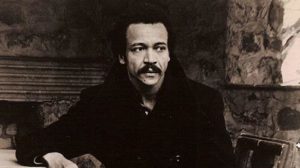 None of this means that art cannot push against the status quo or that it can’t challenge prevailing notions and presuppositions within politics, society, religion, or culture, but the intention going into creating shouldn’t be to declare ourselves true and right–condescending to everyone else–then shut down feedback. The difference should be found in the relationship between the artist and those partaking in the art. Those pushing propaganda and agendas do not love those who will be interacting with their art, but imply their own superiority and intend to unilaterally force those interacting to assimilate to their views or be ignored. It seems to me that true artists seek to love those they are releasing their creations to by seeking to better them and woo them into seeing their blindspots, to open eyes to other cultures, ideas, people and draw the audience out of themselves for a moment. And then the artists entertain feedback, they listen and seek to prolong the conversation because the love and intimacy that drives their art demands it.
None of this means that art cannot push against the status quo or that it can’t challenge prevailing notions and presuppositions within politics, society, religion, or culture, but the intention going into creating shouldn’t be to declare ourselves true and right–condescending to everyone else–then shut down feedback. The difference should be found in the relationship between the artist and those partaking in the art. Those pushing propaganda and agendas do not love those who will be interacting with their art, but imply their own superiority and intend to unilaterally force those interacting to assimilate to their views or be ignored. It seems to me that true artists seek to love those they are releasing their creations to by seeking to better them and woo them into seeing their blindspots, to open eyes to other cultures, ideas, people and draw the audience out of themselves for a moment. And then the artists entertain feedback, they listen and seek to prolong the conversation because the love and intimacy that drives their art demands it.
However, for healthy give and take to happen within artistic communities, those communities must seek diversity across the board: race, ethnicity, sexual orientation, gender, etc. If diversity does not exist, then those communities become isolated and stagnant and creativity becomes stifled. Horror cinema has found itself in this feedback loop for far too long. In it’s near hundred years of existence, there have only been pockets of diversity entering the world of horror, but nothing extensive and prolonged enough to shift the horror landscape. Unfortunately, that landscape is largely white and male. This explains why misogyny and racism are still perennial topics of discussion within the horror community…at least, when the horror community takes an honest look at themselves and the company they keep.
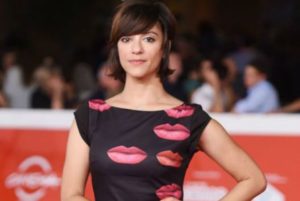 Why does diversity really matter in the big scheme of things, especially for horror? My contention that diversity in horror will push the art form forward in new and creative ways comes from the idea that different perspectives see what is terrifying and horrifying in completely different ways and in different places. Horror needs the voices of women, minorities, LGBTQ communities, etc. so that the horror community can be invited into new nightmares and, in the midst of those terrors, find understanding about how non-white, non-male, non-straight people see the same world and speak about the language of fear and the unknown. Compassion can come out of horror because putting our nightmares out there for the world to see takes vulnerability, it takes bearing out our own fears to others. These diverse expressions of art will find those who share in or have experienced that fear and can show others what it’s like to be in another’s shoes.
Why does diversity really matter in the big scheme of things, especially for horror? My contention that diversity in horror will push the art form forward in new and creative ways comes from the idea that different perspectives see what is terrifying and horrifying in completely different ways and in different places. Horror needs the voices of women, minorities, LGBTQ communities, etc. so that the horror community can be invited into new nightmares and, in the midst of those terrors, find understanding about how non-white, non-male, non-straight people see the same world and speak about the language of fear and the unknown. Compassion can come out of horror because putting our nightmares out there for the world to see takes vulnerability, it takes bearing out our own fears to others. These diverse expressions of art will find those who share in or have experienced that fear and can show others what it’s like to be in another’s shoes.
I think the world knows, by now, all of the fears and nightmares of white men since we have been the central proponents of making horror for nearly a century. Maybe this is why it is so difficult to make a horror film anymore that is able to escape the normal tropes and clichés of the genre. There are bright spots here and there, but horror needs a new renaissance and the only way that will happen is if we, white, straight males, fess up to our greatest fear of all: losing our privilege within the horror cinema industry.
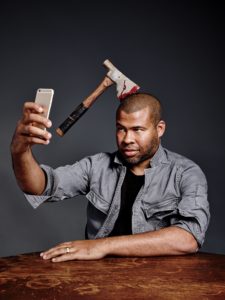 However, if horror is going to continue, grow and find new creative directions then we need to allow for these voices to create nightmare landscapes where subjects like culturally-sanctioned rape and harassment, racial justifications for murder and depression–often leading to suicide–among the LGBTQ community, among others, can be expressed. These are areas where horror cinema can become a profound context in which to explore new realms of narrative, characterization and visuals and to start new conversations with those who partake in horror cinema.
However, if horror is going to continue, grow and find new creative directions then we need to allow for these voices to create nightmare landscapes where subjects like culturally-sanctioned rape and harassment, racial justifications for murder and depression–often leading to suicide–among the LGBTQ community, among others, can be expressed. These are areas where horror cinema can become a profound context in which to explore new realms of narrative, characterization and visuals and to start new conversations with those who partake in horror cinema.
I, for one, am excited by the potential of diverse voices speaking into the horror maelstrom because it gives writers, like me, more to write about and more ideas and perspectives to consider. Writing about horror is not always the most exciting topic. It can often feel like being a mockingbird where I’m saying the same thing over and over again. New voices, perspectives and approaches that challenge my own personal matrix of understanding horror make writing invigorating again. But this will only happen if those with privilege step back and give their platform to those with voices and visions unlike our own.

